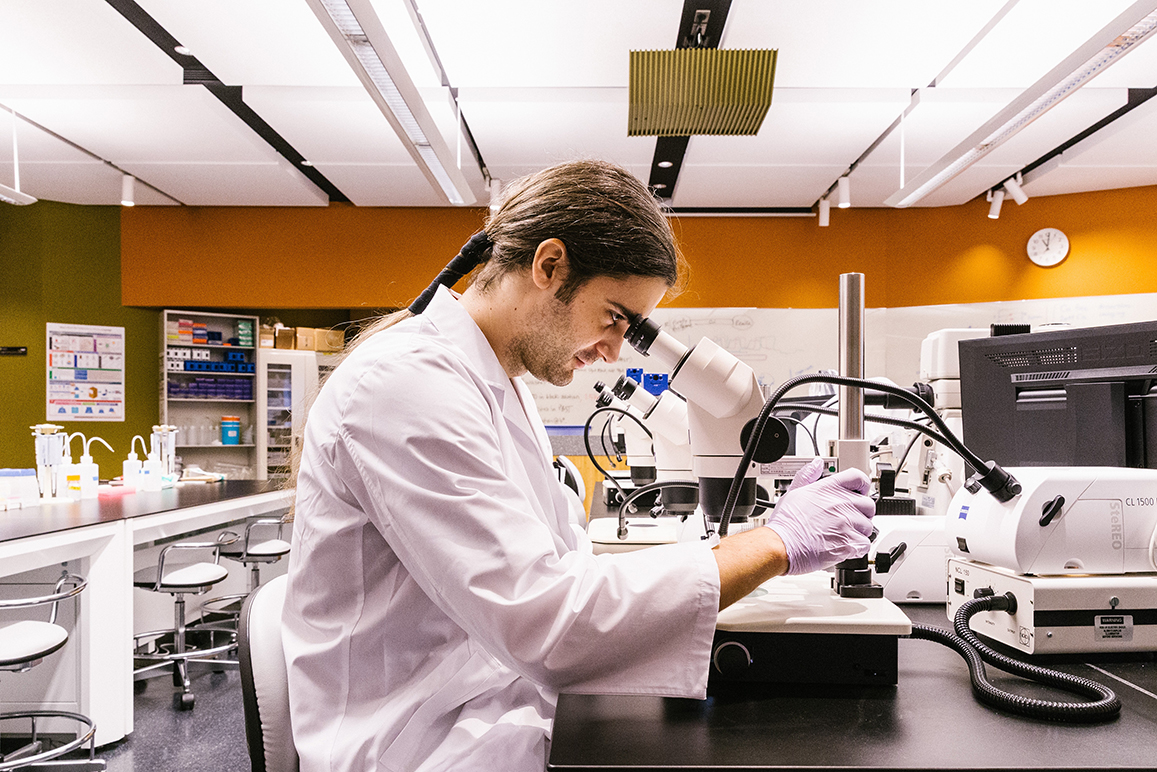Research team developing software to distinguish life from non-life
It's life, Jim, but not as we know it.
One of the most convenient science fiction technologies is the life-sign detector. It quickly alerts the characters to the presence, and even type, of life as they explore the galaxy. In reality, the hope of eventually detecting life elsewhere in the universe is a driving factor in space exploration. Every probe that NASA sends out into the solar system comes with a pressing question. Will this probe discover life beyond the Earth for the first time? It turns out that this is a much harder question to answer than many thought.
When the twin Viking probes landed on Mars in 1976 they looked for certain gasses known to be associated with life on Earth, and they both found what they were looking for. Whether life was detected or if the results were due to non-living chemical reactions has been hotly debated ever since. It turns out many processes look life-like. Future probes will be able to directly analyze molecules for evidence they were produced by living systems. How will we recognize whether these molecules are the product of alien life or other natural processes?
 Life elsewhere in the solar system is likely to be very different from that on Earth, and may even require a new definition of life. For example Saturn's moon Titan has a very complex environment that is quite different from that on Earth. The NASA Astrobiology Institute LAB team is developing the sensors that are required to analyze the structure of molecules sampled by probes, as well as the artificial intelligence needed to determine whether those molecules are the product of life. The majority of chemical processes that we call Life-on-Earth, convert carbon, hydrogen, oxygen, nitrogen, and other elements into carbon dioxide and energy. But there are a lot of other ways to generate energy from different environments (metabolisms). We have already discovered life around volcanic vents in the depths of the ocean that take in sulfur to extract the energy they need.
Life elsewhere in the solar system is likely to be very different from that on Earth, and may even require a new definition of life. For example Saturn's moon Titan has a very complex environment that is quite different from that on Earth. The NASA Astrobiology Institute LAB team is developing the sensors that are required to analyze the structure of molecules sampled by probes, as well as the artificial intelligence needed to determine whether those molecules are the product of life. The majority of chemical processes that we call Life-on-Earth, convert carbon, hydrogen, oxygen, nitrogen, and other elements into carbon dioxide and energy. But there are a lot of other ways to generate energy from different environments (metabolisms). We have already discovered life around volcanic vents in the depths of the ocean that take in sulfur to extract the energy they need.
At the Center of Advanced Research Computing, Computer Science Research Professor Matthew Fricke is part of a team developing software to tell life from non-life. The effort is twofold: first Fricke is using supercomputers to evolve the many different metabolisms that can exist in vastly different environments from the Earth's. Secondly the team is developing artificial intelligence techniques for recognizing the products of those metabolisms should they be detected by future space probes.
Fricke first became interested in the problem of defining life beyond that found on Earth after hearing a lecture by Stuart Kauffman on the future of biology in 2004 at the University of New Mexico. In that lecture, Kauffman pointed out that the life we observe here on Earth is probably just a single example of all the possible versions of life that could exist and that eventually a new biology would have to be developed that generalized beyond our particular example.
The team is headed by Sarah Johnson (Georgetown University) and consists of Eric Anslyn (UT Austin), Pamela Conrad (Carnegie Institution of Washington), Leroy Cronin (University of Glasgow), Andrew Ellington (UT Austin), Jamie Elsila (NASA Goddard Space Flight Center), Peter Girguis (Harvard University), Heather Graham (Goddard Space Flight Center), Christopher House (Penn State), Christopher Kempes (Santa Fe Institute), Eric Libby (Santa Fe Institute), Paul Mahaffy (NASA Goddard Space Flight Center), Jay Nadeau (Portland State University), Barbara Sherwook Lollar (University of Toronto), and Andrew Steele (Carnegie Institution of Washington).
Photo: OIST (Okinawa Institute of Science and Technology) via photopin (license)
